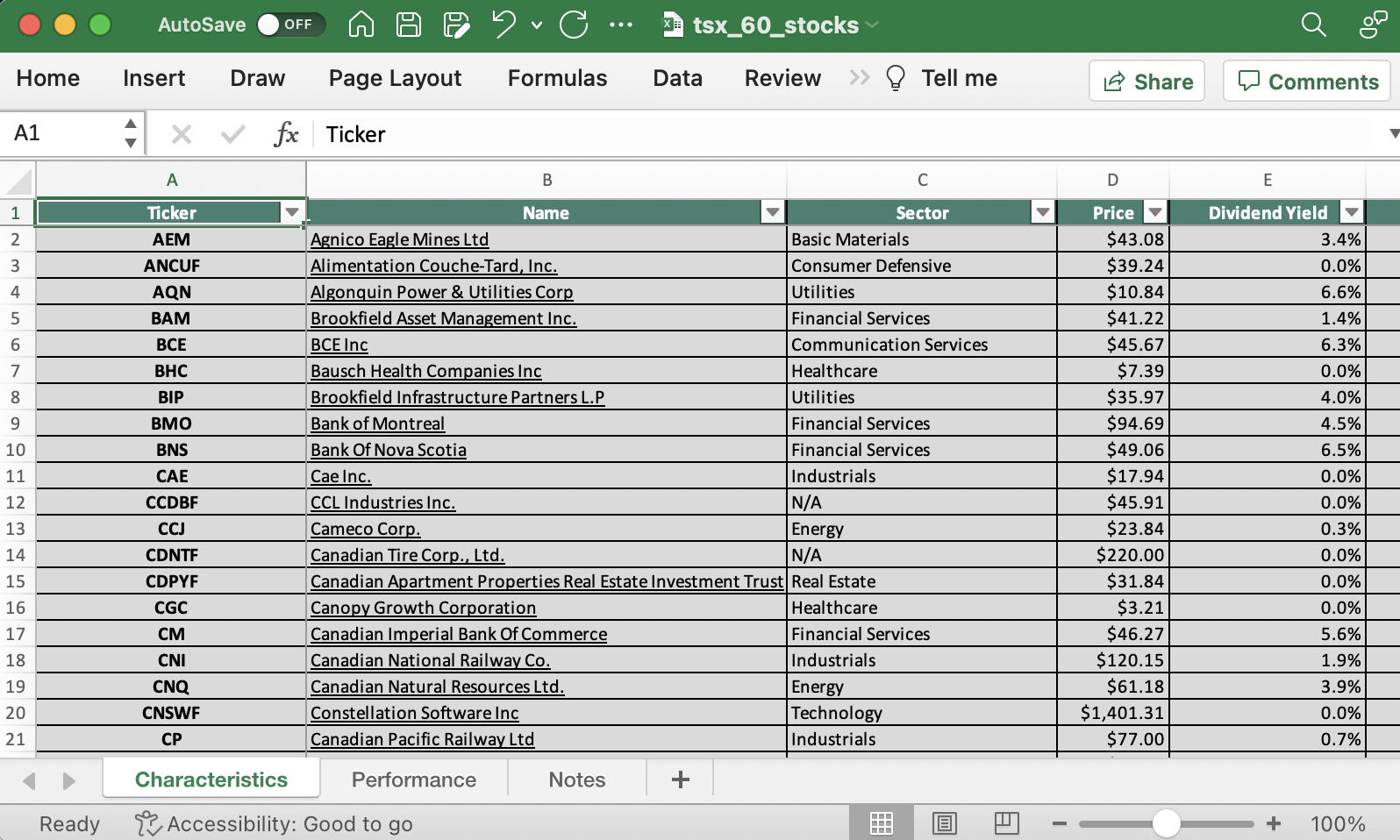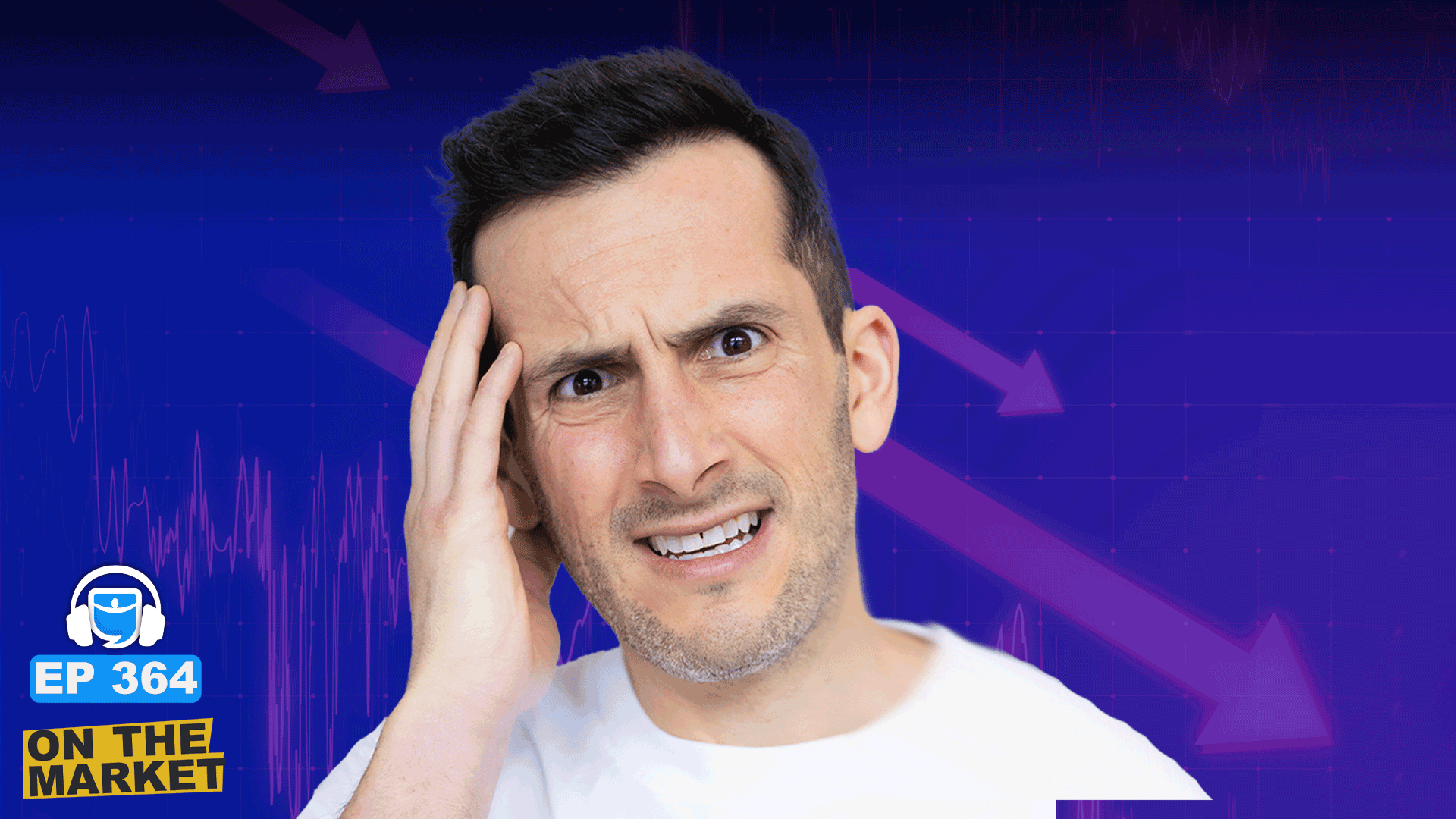The biggest music streaming platforms offer basically the same thing: a seemingly endless library of tracks, albums and playlists at a monthly cost that’s less than a single digital album or CD.
But each offers features that may set them apart, depending on your budget and wants.
The platform with the most subscribers is Spotify, with a reported 276 million global paying subscribers in the second quarter of this year (up 12% from 2024) among its 696 million active users. The other companies with the largest share of the streaming market are Apple Music, YouTube Music and Amazon Music.
Other smaller platforms include Tidal, which emphasizes hi-fidelity audio and deep cuts; radio-style streamers like Sirius XM and Pandora Premium; and indie artist-friendly SoundCloud. Bandcamp, a non-traditional streaming service, mainly supports direct-to-artist sales of digital albums, physical albums and merchandise.
The biggest platforms are often bundled into other services as perks, free trials or discounted add-ons. Occasionally, free trials come along with physical hardware like phones, speakers or gaming consoles. For example, Alexa-enabled devices often include a trial of Amazon Music, and the same goes for YouTube Music Premium trials with certain Google products. Apple One is an all-in-one subscription that includes Apple Music, along with several other digital Apple products. With Amazon Prime, you also get access to the basic Amazon Music plan. Multiple cell phone carriers have offered free months of streaming, too.
Understanding the pricing structure and features of each platform can help you choose the right one for your listening habits.
How do streaming platforms pay artists?
The vast majority of artists cannot depend on streaming for a meaningful income. Traditionally, recorded music royalties are paid to rights holders — not necessarily the writers, publishers or musicians. Streaming still pays royalties, but its calculation works differently.
When you pay for a subscription (or listen with ads on the free plan) that money goes into a bigger pool of revenue along with all other users’ payments and ad revenue.
It’s a tediously complex system, but here are the basics for royalties on Spotify:
It uses a pro-rata pool model: all subscription and ad revenue goes into a single pool distributed to rights holders.
Each stream earns roughly $0.003–$0.005. The average is closer to the low end of the scale.
A rights holder needs about 1,000 streams per track in a year to receive any payout, which would total $3-$5.
Songs with fewer than 1,000 annual streams aren’t counted for royalties.
Spotify’s payout rate depends on whether the stream comes from a free, ad-supported listener or a paid subscriber. Other factors are considered as well, including the listener’s country and the track’s rights holder’s agreement with the service. Each track earns a portion of the revenue pool based on its share of all streams — the more a song is streamed, the bigger the portion.
A rights holder must reach millions of streams to see meaningful profit. At a simplified rate of $0.005, it would take roughly 2 million streams to earn $10,000, 10 million streams to earn $50,000 and 20 million streams to earn $100,000. These calculations don’t account for the many variables that affect actual payouts.
Even then, royalties are split among the label, producers, songwriters and the artists.
The payout system means that your subscription isn’t paying artists directly per stream. And the more you listen to popular songs, the smaller the impact your subscription has on lesser-known artists. To support smaller and independent artists, consider buying music directly, picking up merch or going to their shows.




























